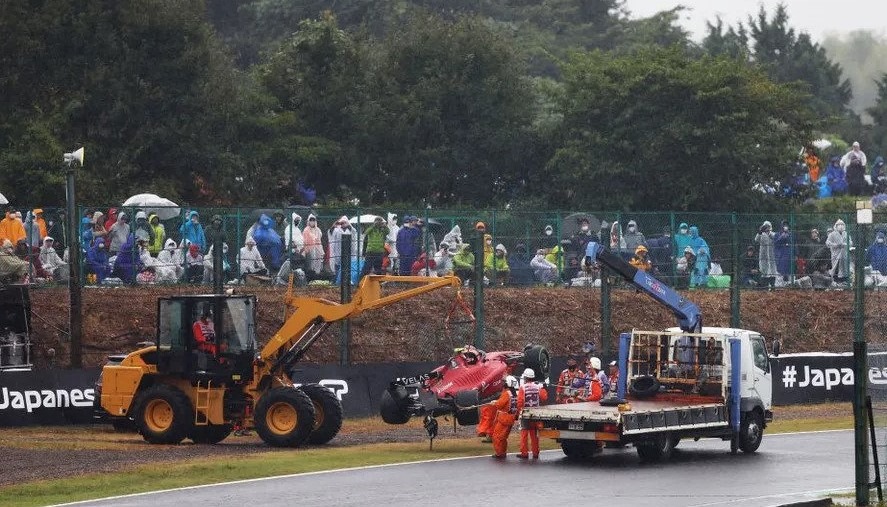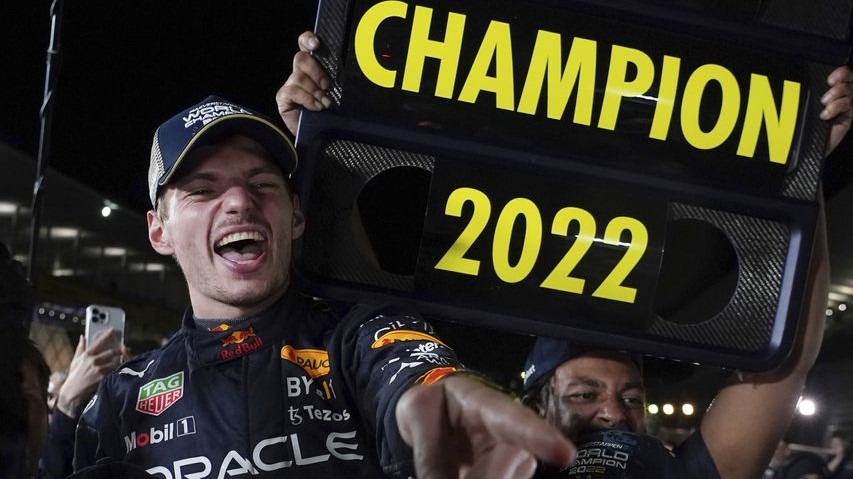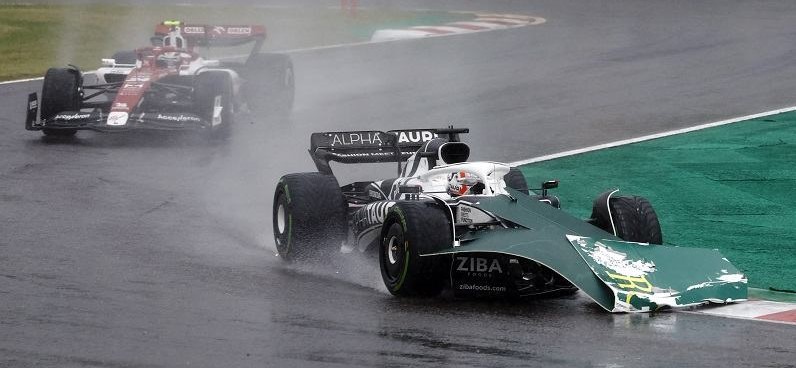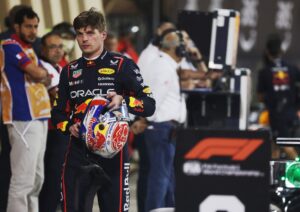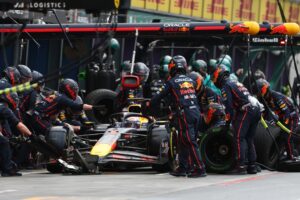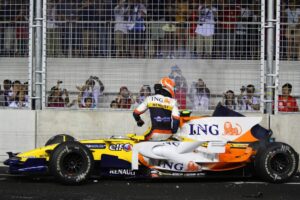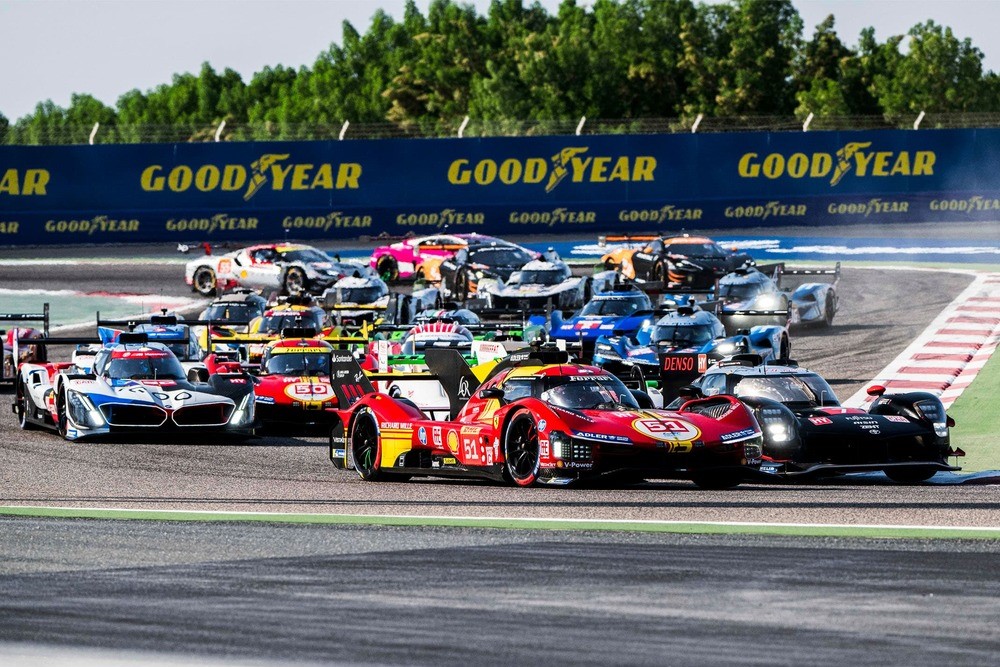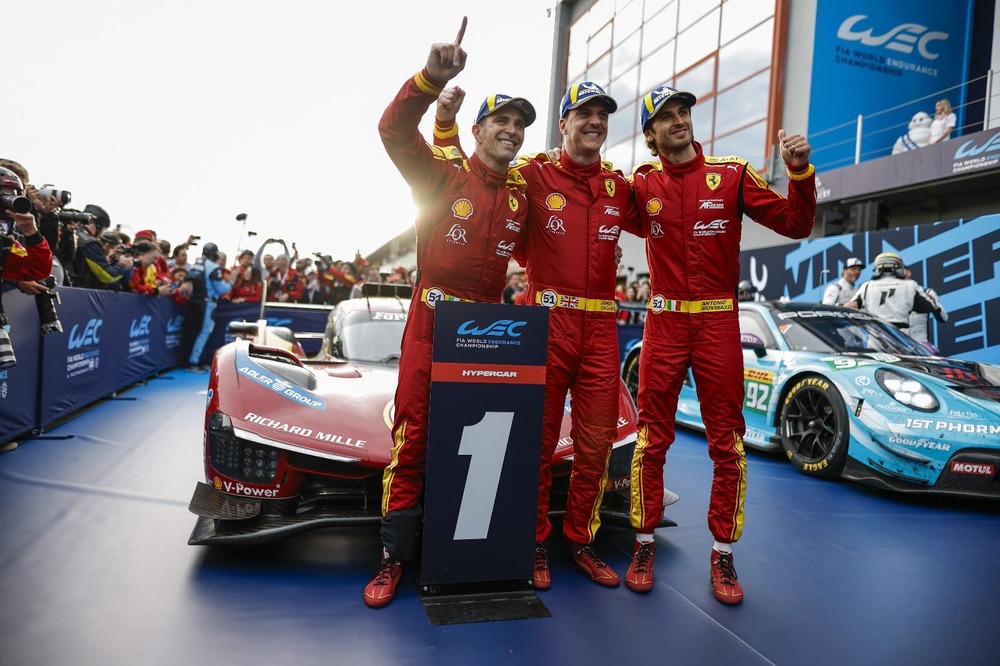The protocol that resulted in a recovery car being on the course at the Japanese Grand Prix will be looked into by the FIA, the organization that oversees Formula 1.
The FIA claims to have started a “thorough review” of the events following the deployment of a rescue truck soon after the start of Sunday’s Japanese Grand Prix.
The Safety Car was brought out after Carlos Sainz’s first lap crash into Turn 12 in the wet weather.
By the time 17 of the 18 drivers who were still racing went by the Safety Car, a recovery vehicle had already been dispatched to the scene, and Pierre Gasly, who was stuck at the rear after pitting for repairs, was moving faster as he approached.
In the immediate aftermath of the race, drivers spoke out about the issue, with those questioned on the subject stating that recovery vehicles should never share a track with Formula 1 cars.
In its statement, the governing body said: “While it is normal practice to recover cars under Safety Car and Red Flag conditions, due to the particular circumstances and also taking into account feedback from of a number of drivers, the FIA has launched a thorough review of the events involving the deployment of recovery vehicles during the Japanese Grand Prix.
“This is part of the common practice of debrief and analysis of all race incidents to ensure continual improvements of processes and procedures.”
The same incident happened eight years after Jules Bianchi, who was racing at the same circuit, suffered devastating injuries after crashing with a rescue car in wet conditions.
The focus of the FIA’s investigation will probably be on whether the marshals independently deployed the recovery vehicle on the property or if Race Control made the call.
All FIA races are conducted in accordance with the International Sporting Code, which is detailed in Article 2.6.1 of Appendix H and it states: “No marshal or vehicle shall enter the circuit perimeter without permission from race control.”

